Discover the Women of the Hall
These are the Inductees of the National Women’s Hall of Fame. Select any of the women to discover their stories and learn how they have influenced other women and this country.
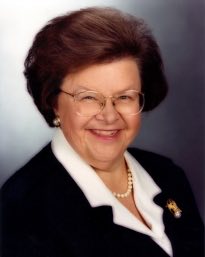 Barbara A. Mikulski
Government
1936
Maryland
2011
Barbara A. Mikulski
Government
1936
Maryland
2011

Barbara A. Mikulski
The first female Democratic United States Senator elected in her own right, Barbara Mikulski has been a political trailblazer for more than thirty years. During her tenure as a Senator, Mikulski has developed and supported legislation promoting equal healthcare for American women, Medicare reform, better care for veterans, greater student access to quality education, increased funding for scientific research, and more. Senator Mikulski currently serves as the Dean of the Women in the Senate, and is a senior member of the Health, Education, Labor and Pensions Committee; a senior member of the Appropriations Committee; and a member of the Senate Select Committee on Intelligence. In 2011, Senator Mikulski officially became the longest serving female Senator in United States history.
 Kathrine Switzer
Athletics
1947
Germany
2011
Kathrine Switzer
Athletics
1947
Germany
2011

Kathrine Switzer
As the first woman to officially enter the Boston Marathon (1967), Kathrine Switzer broke the gender barrier and paved the way for women in running. Still recognized as a leader in the running world, Switzer has completed over thirty-seven marathons and has dedicated her career to creating opportunities and equal sport status for women. In 1977, she founded the Avon International Running Circuit, and in 1984, she was a leader in making the women’s marathon an official event in the Olympic Games. Switzer is an Emmy Award-winning television commentator who has broadcasted for ABC, CBS, NBC and ESPN.
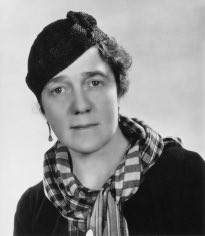 Dorothy Harrison Eustis
Philanthropy
1886
Pennsylvania
2011
Dorothy Harrison Eustis
Philanthropy
1886
Pennsylvania
2011

Dorothy Harrison Eustis
A philanthropist, Dorothy Harrison Eustis combined her love of animals and her passion for helping others to co-found the nation’s first dog guide school, The Seeing Eye. In 1921, Eustis began her career in Switzerland, breeding German shepherds for civic duty. She was later contacted by Morris Frank, a blind American man seeking a guide dog. After bringing Frank to Switzerland and providing him with a dog, Eustis returned to the United States, and in 1929, they established The Seeing Eye to help blind people achieve greater independence, dignity and self-confidence through the use of Seeing Eye dogs. To date, The Seeing Eye has bred and trained 15,000 dogs to assist nearly 8,000 men and women.
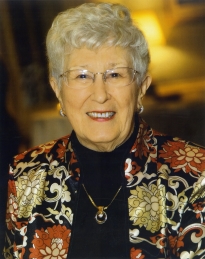 Loretta C. Ford
Science
1920
New York
2011
Loretta C. Ford
Science
1920
New York
2011

Loretta C. Ford
An internationally renowned nursing leader, Dr. Loretta C. Ford has devoted her career to practice, education, research, consultation and the delivery of health services. Dr. Ford is best known for co-founding the nurse practitioner model through her studies on the nurse’s expanded scope of practice in public health nursing. In 1972, Dr. Ford became the founding dean of the University of Rochester School of Nursing, where she implemented the unification model. Dr. Ford is the author of more than 100 publications and has served as a consultant and lecturer to multiple organizations and universities.
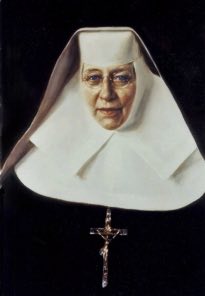 St. Katharine Drexel
Humanities
1858
Pennsylvania
2011
St. Katharine Drexel
Humanities
1858
Pennsylvania
2011

St. Katharine Drexel
A missionary who dedicated her life and fortune to aid Native Americans and African Americans, Saint Katharine Drexel is only the second recognized American-born saint. In 1891, Saint Katharine founded the Sisters of the Blessed Sacrament, a religious order that today remains devoted to the education and care of Native Americans and African Americans. During her lifetime, Saint Katharine and her order founded more than sixty missions and schools, including Xavier University of Louisiana. Saint Katharine was beatified in 1988 and canonized in 2000.
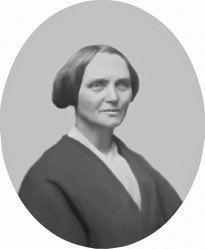 Abby Kelley Foster
Humanities
1811
Massachusetts
2011
Abby Kelley Foster
Humanities
1811
Massachusetts
2011

Abby Kelley Foster
A major figure in the national anti-slavery and women’s rights movements, Abby Kelley Foster is remembered for her roles as a lecturer, fundraiser, recruiter and organizer. In 1850, Foster helped develop plans for the National Woman’s Rights Convention in Massachusetts, and later, in 1868, she was among the organizers of the founding convention of the New England Woman Suffrage Association. During her lifetime, Foster worked extensively with the American Anti-Slavery Society, where she held several different positions within the organization. Foster worked tirelessly for the ratification of the fourteenth and fifteenth amendments and helped lay the groundwork for the nineteenth amendment to the U.S. Constitution.
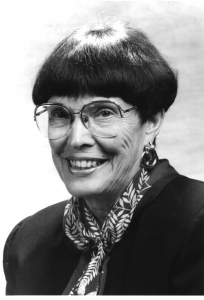 Helen Murray Free
Science
1923
Pennsylvania
2011
Helen Murray Free
Science
1923
Pennsylvania
2011

Helen Murray Free
A pioneering chemist, Helen Murray Free conducted research that revolutionized diagnostic testing in the laboratory and at home. Free is the co-developer of Clinistix, the first dip-and-read diagnostic test strips for monitoring glucose in urine. Along with her husband, Alfred Free, she also developed additional strips for testing levels of key indicators for other diseases. Today, dip-and-read strips make testing for diabetes, pregnancy, and other conditions available in underdeveloped regions of the United States and in foreign countries. Free is the recipient of numerous awards, including the National Medal of Technology and Innovation and the American Chemical Society’s 66th National Historic Chemical Landmark designation (2010).
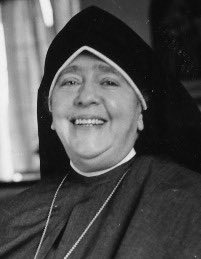 Mother Mary Joseph Rogers, MM
Humanities
1882
Massachusetts
2013
Mother Mary Joseph Rogers, MM
Humanities
1882
Massachusetts
2013

Mother Mary Joseph Rogers, MM
A woman of extraordinary vision and drive, Mother Mary Joseph Rogers, MM founded the Maryknoll Sisters, the first United States based Catholic congregation of religious women dedicated to a global mission. While attending Smith College in 1904, Rogers was inspired by graduating Protestant students preparing to leave for missionary work in China, and following her graduation, she returned to Smith and started a mission club for Catholic students (1905). It was while organizing the club that she met Father James A. Walsh, director of Boston’s Office for the Propagation of the Faith, later founder of Maryknoll Fathers & Brothers, through whom she was inspired to establish a mission congregation for women. The Maryknoll Sisters were founded in 1912, and by the time of Rogers’ death in 1955, there were 1,065 sisters working in twenty countries and several cities in the United States.
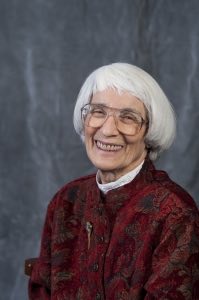 Bernice Resnick Sandler
Education, Humanities
1928
New York
2013
Bernice Resnick Sandler
Education, Humanities
1928
New York
2013

Bernice Resnick Sandler
For more than forty years, Bernice Resnick Sandler has been a tireless advocate of educational equity for women and girls. In 1970, Sandler filed the first charges of sex discrimination against 250 educational institutions. It was this strategy that led to the first federal investigations of campus sex discrimination at a time when no laws existed to prohibit discrimination based on sex in education. Subsequently, Sandler was instrumental in the development, passage and implementation of Title IX, the legislation that prohibits discrimination on the basis of sex in any federally funded education program or activity. An expert in strategies and policies to prevent and respond to sex discrimination in higher education, Sandler has given more than 2,500 presentations. She currently serves as a Senior Scholar in Residence at the Women’s Research and Education Institute in Washington, DC.
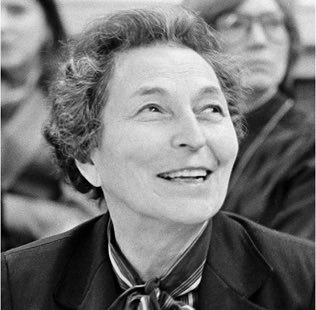 Anna Jacobson Schwartz
Business
1915
New York
2013
Anna Jacobson Schwartz
Business
1915
New York
2013

Anna Jacobson Schwartz
Perhaps the most widely acclaimed female research economist of the twentieth century, Anna Jacobson Schwartz has been described as “one of the world’s greatest monetary scholars.” In 1941, after a five year career with Columbia University’s Social Science Research Council, Schwartz began her more than seventy year tenure working for the National Bureau of Economic Research. During her time at the National Bureau, Schwartz met and began working with Milton Friedman and together, the two coauthored A Monetary History of the United States, 1867 – 1960. Described by Federal Reserve chairman, Ben Bernanke, as “the leading and most persuasive explanation of the worst economic disaster in American history,” the text is one of the most widely cited in economics. Schwartz was also considered a leading financial historian and expert on monetary statistics in the United States and Britain.
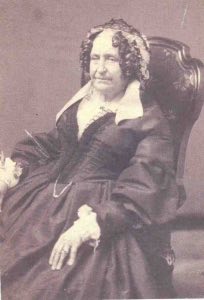 Emma Hart Willard
Education
1787
Connecticut
2013
Emma Hart Willard
Education
1787
Connecticut
2013

Emma Hart Willard
During her lifetime, Emma Hart Willard blazed an extraordinary trail on behalf of women’s education. A teacher by trade, Willard opened a girls’ school in her home in 1814 and was struck by the contrast between the education she could offer her women students and the education provided to men at nearby Middlebury College. She crafted A Plan for Improving Female Education, a document in which she advocated equal education for women at the academy level. In 1819, at the encouragement of Governor DeWitt Clinton, Willard opened a school in Waterford, New York which closed shortly afterward due to a lack of funding. Two years later, she founded Troy Female Seminary in Troy, New York (1821), the first school of higher learning for women. The seminary was renamed the Emma Willard School in her honor in 1895.
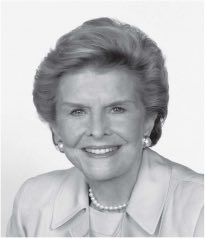 Betty Ford
Humanities
1918
Illinois
2013
Betty Ford
Humanities
1918
Illinois
2013

Betty Ford
A groundbreaking First Lady, Betty Ford is often remembered for her candor in addressing the controversial issues of her time. Shortly after she became the First Lady of the United States in 1974, Ford was diagnosed with breast cancer and underwent a radical mastectomy. Rather than suppressing the diagnosis, Ford courageously shared her personal story and inspired countless women across the nation to get breast examinations. In 1978, following a family intervention, Ford underwent successful treatment for addiction to alcohol and prescription drugs. She again used her story to raise public awareness of addiction, and in 1982, she co-founded the Betty Ford Center to treat victims of alcohol and chemical dependency. Ford was awarded the Presidential Medal of Freedom in 1991 and the Congressional Gold Medal, with President Gerald R. Ford, in 1999.
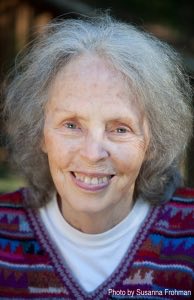 Ina May Gaskin
Science
1940
Iowa
2013
Ina May Gaskin
Science
1940
Iowa
2013

Ina May Gaskin
A certified professional midwife who has attended more than 1,200 births, Ina May Gaskin is known as the “mother of authentic midwifery.” In 1971, Gaskin founded the Farm Midwifery Center in rural Tennessee and effectively demonstrated that home birth midwives could be well prepared for their profession without first being educated as obstetric nurses. During a stay in Guatemala in 1976, Gaskin learned a technique for preventing and resolving shoulder dystocia during birth. After using the method with great success, Gaskin began to teach it and publish articles about the method. Now referred to as the Gaskin maneuver, it is the first obstetrical maneuver to be named after a midwife. Gaskin is the author of four books, including Spiritual Midwifery (1975), the first text written by a midwife published in the United States.
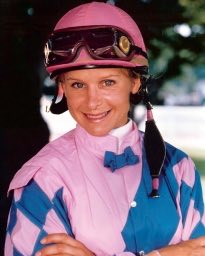 Julie Krone
Athletics
1963
Michigan
2013
Julie Krone
Athletics
1963
Michigan
2013

Julie Krone
With more than 3,700 career wins, Julie Krone is the leading female Thoroughbred horse racing jockey of all time. Krone made history in 1993 when she became the first woman to win a Triple Crown event at the Belmont Stakes. In 2003, she went on to become the first woman to win a Breeders’ Cup event at the Juvenile Fillies and the first woman to win a million dollar event at the Pacific Classic. Krone initially retired from horse racing in 1999 and became a commentator and analyst for the TVG racing network, but returned to the sport in 2002, retiring for a second time in 2004. Krone was named ESPN’s 1993 Professional Female Athlete of the Year, and in 2000, she became the first woman inducted into the National Museum of Racing’s Hall of Fame.
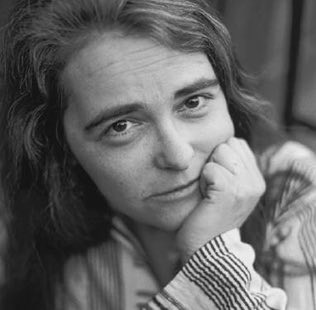 Kate Millett
Arts, Education, Humanities
1934
Minnesota
2013
Kate Millett
Arts, Education, Humanities
1934
Minnesota
2013

Kate Millett
A feminist activist, writer, visual artist, filmmaker, teacher and human rights advocate, Kate Millett has been described as one of the most influential Americans of the twentieth century. Millett began her career as an English instructor and in 1966, became the first Chair of the Education Committee of the newly formed National Organization for Women. In 1968, she authored a pioneering report published by NOW, Token Learning: A Study of Women’s Higher Education in America, in which she challenged women’s colleges to provide an equal education for women. Millett is perhaps best-known for her landmark work in feminist theory, Sexual Politics (1970). She currently serves as the Director of the Millett Center for the Arts, a creative work space that provides artist in residence accommodation and studio facilities to women artists from around the world.
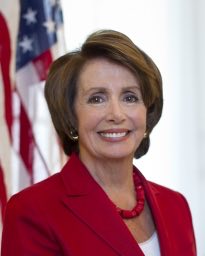 Nancy Pelosi
Government
1940
Maryland
2013
Nancy Pelosi
Government
1940
Maryland
2013

Nancy Pelosi
For twenty-five years, Nancy Pelosi has broken ground for women in politics. As the representative from California’s 12th district, Pelosi has focused her political career on strengthening America’s middle class and creating jobs, reforming the political system to create clean campaigns and fair elections, enacting comprehensive immigration reform, and ensuring safety in America’s communities, neighborhoods and schools. In 2002, Pelosi became the first woman to lead a major political party in the United States as the Democratic Leader of the U.S. House of Representatives, and from 2007-2011, she served as the first female Speaker of the U.S. House of Representatives. Pelosi has spearheaded the passage of historic legislation, including the Affordable Care Act, the Student Aid and Fiscal Responsibility Act, the Lilly Ledbetter Fair Pay Act, and more.
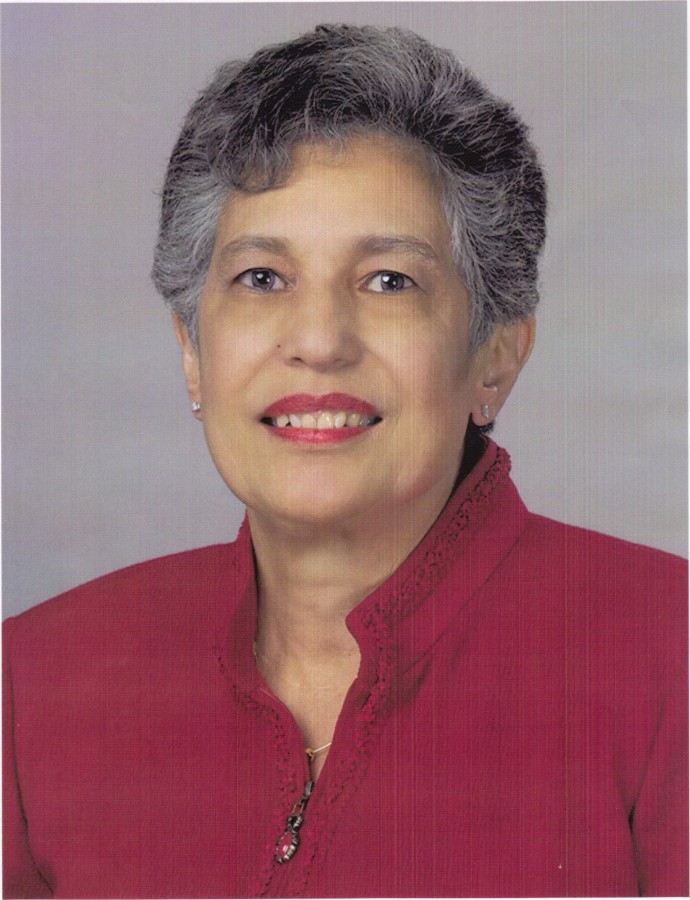 Carlotta Walls LaNier
Humanities
1942
Arkansas
2015
Carlotta Walls LaNier
Humanities
1942
Arkansas
2015

Carlotta Walls LaNier
Civil rights advocate Carlotta Walls LaNier, at age 14, was the youngest of the Little Rock Nine; the nine African-American students who integrated Central High School in Little Rock, Arkansas. A recipient of the Congressional Gold Medal, she works to ensure equal access to education for children of color.
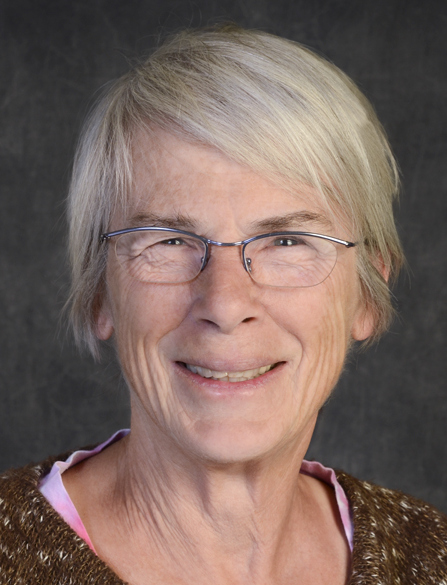 Philippa Marrack
Science
1945
United Kingdom
2015
Philippa Marrack
Science
1945
United Kingdom
2015

Philippa Marrack
Her work investigating T-cells, the family of cells that help the body fight disease, has led to a greater knowledge of the molecular basis of the immune system and contributed to medicine’s current understanding of vaccines, HIV, and other immune disorders.
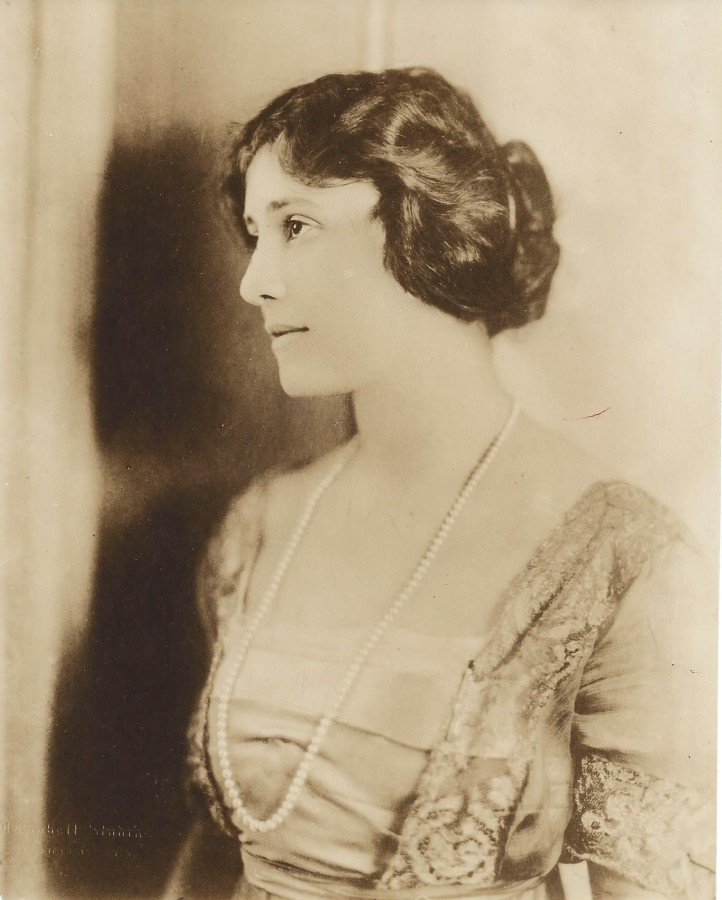 Mary Harriman Rumsey
Humanities
1881
New York
2015
Mary Harriman Rumsey
Humanities
1881
New York
2015

Mary Harriman Rumsey
The founder of the Junior League, she helped author the Social Security Act, chaired the first consumer’s rights groups, and was instrumental in the creation of public playgrounds in New York’s Central Park.
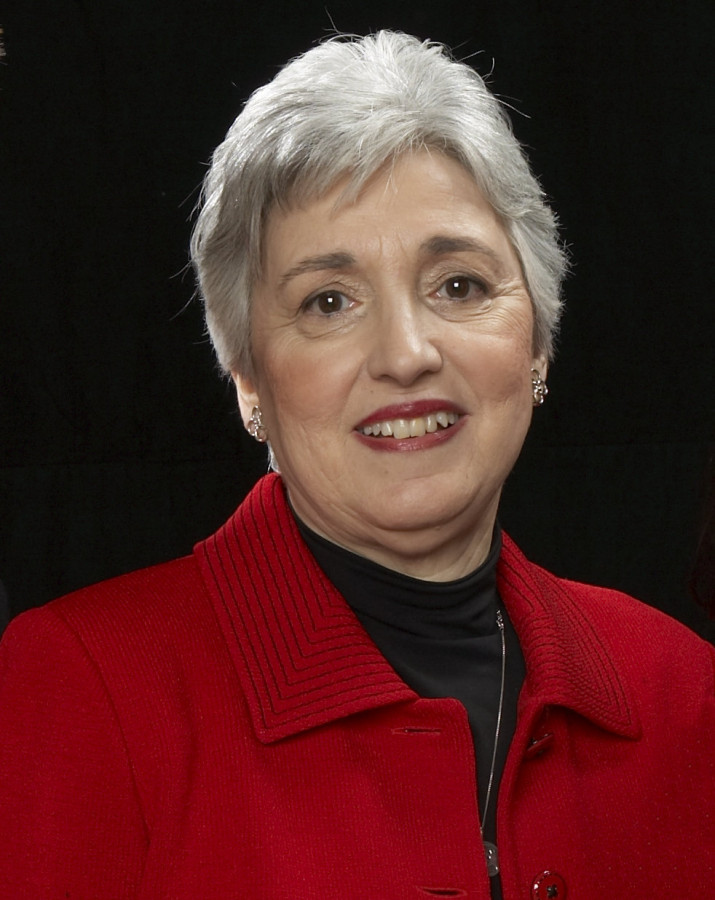 Eleanor Smeal
Humanities
1939
Ohio
2015
Eleanor Smeal
Humanities
1939
Ohio
2015

Eleanor Smeal
Her life and work has been dedicated to the achievement of women’s equality and human rights. She has been at the forefront of nearly every significant women’s rights victory. Responsible for coining the phrase “gender gap” referring to the difference in the way women and men vote and popularizing its usage in election and polling analyses to enhance women’s voting clout.
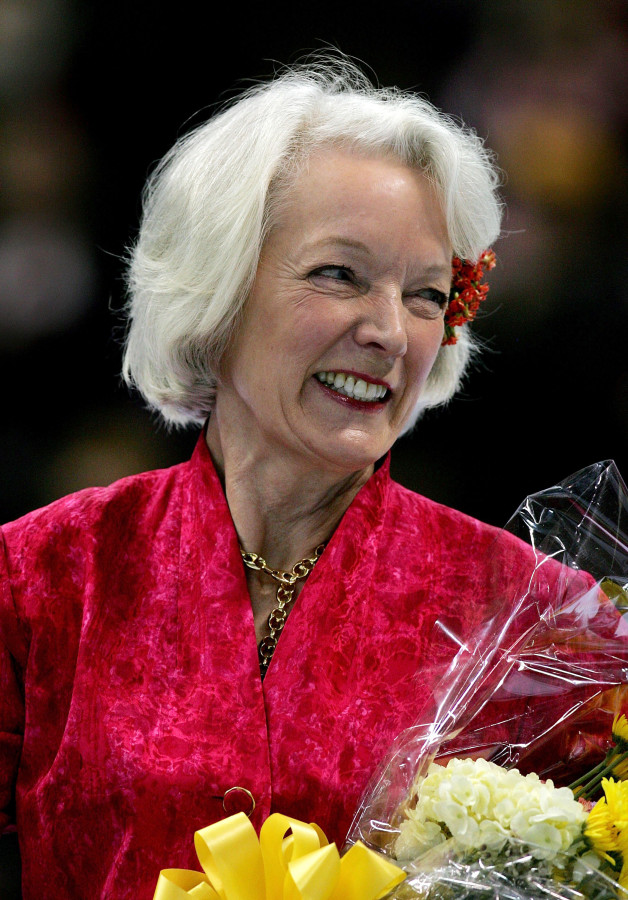 Tenley Albright
Athletics, Science
1935
Massachusetts
2015
Tenley Albright
Athletics, Science
1935
Massachusetts
2015

Tenley Albright
The first American woman to win an Olympic gold medal in figure skating. Named one of the “100 Greatest Female Athletes.” A successful surgeon and leader in blood plasma research, she works in international efforts to eradicate polio.
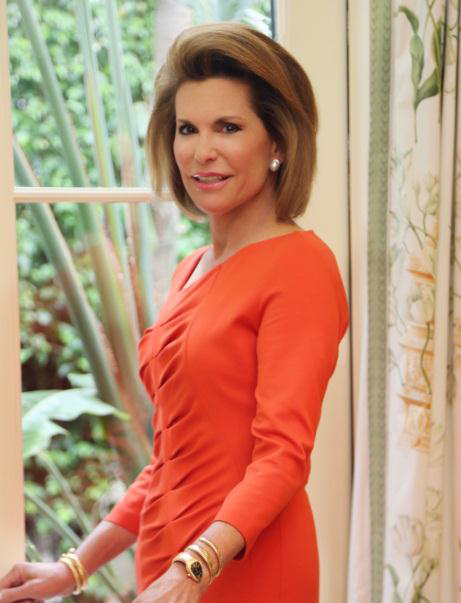 Nancy Brinker
Philanthropy
1946
Illinois
2015
Nancy Brinker
Philanthropy
1946
Illinois
2015

Nancy Brinker
The founder of Susan G. Komen®, Nancy Brinker pioneered in the concept of cause-related marketing allowing millions to participate in the commitment to eradicate breast cancer. She is regarded as the leader of the global breast cancer movement.
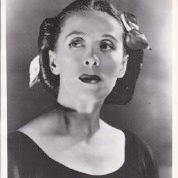 Martha Graham
Arts
1894
Pennsylvania
2015
Martha Graham
Arts
1894
Pennsylvania
2015

Martha Graham
One of the greatest artists of the 20th century, she created a new dance language. Named Dancer of the Century, she was the first dancer to perform at the White House and to act as a cultural ambassador abroad.
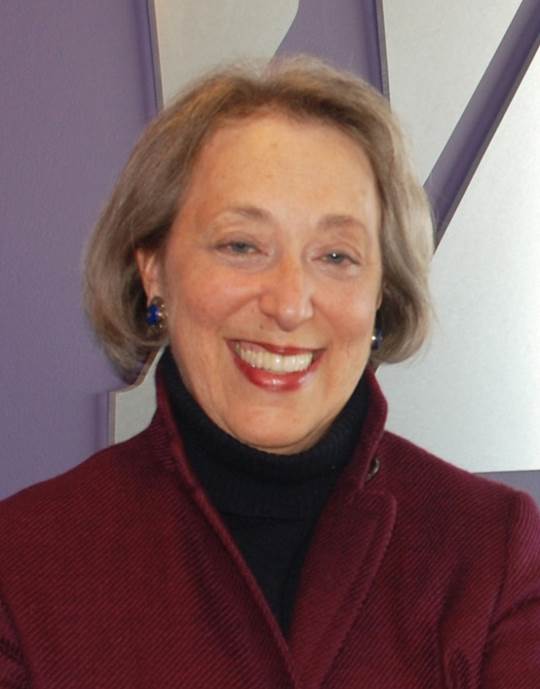 Marcia Greenberger
Humanities
1946
United States of America
2015
Marcia Greenberger
Humanities
1946
United States of America
2015

Marcia Greenberger
The founder and co-president of the National Women’s Law Center, Marcia Greenberger has been a leader in developing strategies to secure the successful passage of legislation protecting women and counsel for landmark litigation establishing new legal precedents for women.
